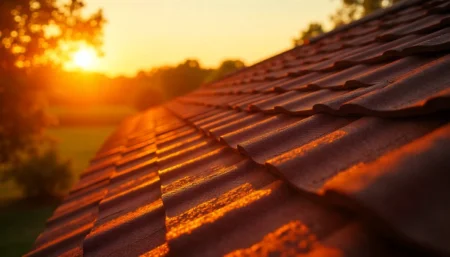Subscribe to Updates
Get easy DIY ideas from 'What Home Improvement' about interior, exterior and design.
Browsing: Roofing
When December’s ice storms hit Dubuque or summer hailstorms pound your roof, you need more than just any contractor. Dubuque…
Have you ever driven by a house and admired its beautiful roof? Maybe it wasn’t just the practicality of the…
Roof upkeep is frequently disregarded, but it is crucial for prolonging the lifespan of your roof. Consistent maintenance protects the…
Most of you probably know that there are roofing options that vary widely. With roofing, you can basically have many…
Sustainable living has become a pivotal part of our environmental consciousness, prompting a significant shift towards renewable energy sources such…
Your home needs a strong roof to protect it from weather and stay safe. The safety and strength of your…
Maintaining a sturdy and reliable roof is essential for protecting your home from the elements year-round. Your roof endures a…
Have you ever looked up at a roof and wondered about the science behind its color? The color of a…
Starting a roofing company can be an extremely rewarding endeavor for aspiring entrepreneurs looking to be their own boss. With…
Have you seen those eye-catching Roof Maxx ads proclaiming this spray-on coating can extend the life of your roof for…




